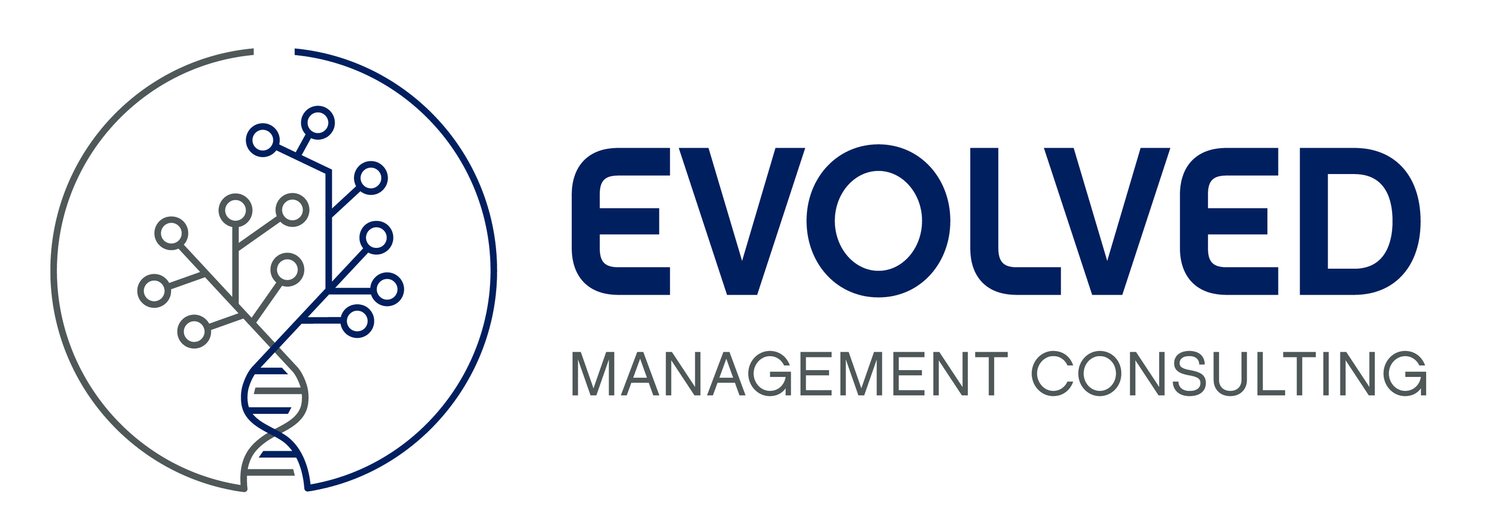Is Tracking Time An Outdated Approach?
I recently had a conversation with a friend in the MSP channel. He was exploring the idea of not tracking time on tickets at all. We were examining the cultural impact of time entry on the team and how most software support groups rely on simple ticket metrics rather than tracking time spent on tickets specifically. The comparison to the software as a service (SaaS) model of support is tempting for tech companies to replicate, but there are substantial differences in the IT support model.
SaaS vs. IT delivery
With the rise of non-traditional ticket-based helpdesk models, many existing ticketing systems now feel archaic, creating unnecessary friction for technicians when entering and retrieving data. PSA vendors must urgently rethink their platforms to enhance workflow efficiency for both technicians and end-users.
Data is key in this transformation. Just as SaaS providers meticulously track metrics like CAGR, CAC, and Engagement, MSPs should focus on service consumption metrics that truly reflect client interactions. These insights are vital for understanding what’s working and where improvements are needed, ensuring that services are aligned with client needs.
The platforms aren’t modernized
There is increasing attention on companies that service their clients through Slack and other non-traditional ticket-based helpdesk models. These approaches have arguably outpaced traditional client portal systems, seamlessly embedding support within the workflows of end-users.
I fully understand the appeal of this model. Many ticketing systems currently used in the channel are outdated, cumbersome, and create significant friction for technicians trying to enter and locate necessary data. The conversation that needs to happen is one where PSA vendors are challenged to completely rethink and potentially rebuild their platforms from the ground up. This transformation is essential not only for improving the technician experience but also for enhancing the overall support experience for end-user clients.
Time entry is painful
I understand the reluctance to engage in time entry; it feels like an ongoing struggle. This challenge isn’t exclusive to IT—it’s also prevalent in the DevOps space.
Professional Services (PS) delivery teams—whether they’re accountants, lawyers, or consultants—face similar frustrations with timesheets. While there’s plenty of debate about why these processes are undesirable, the reality is that time tracking is essential. Although it may not be enjoyable, it effectively measures value contribution, benefiting all parties involved.
Time entry is a necessary component of running a mature business that requires objective visibility into value creation and profitability, particularly when human effort is the primary commodity. This principle applies across most knowledge-based industries.
Time entry shouldn’t be painful
The best way to get compliance with time entry is to make it effortless. Most time entry is brutally overbearing!
I apply the 80/20 rule when it comes to time entry. If someone logs 6 hours of their 8-hour workday, that’s sufficient. I don’t need detailed 15-minute entries, and I definitely don’t require 5-minute logs. The specifics of how the remaining 2 hours were spent often just add unnecessary administrative overhead, which can be summarized in broader categories like “administrative hours.” If needed, I can work with individuals to understand how that time is allocated.
Some might argue, "It’s a lot of work." I would agree—and disagree. Many organizations approach this incorrectly! When you design frictionless processes and configure tools properly, time management should require minimal effort from both individuals and management. This is such a prevalent issue that I created a 101 class for my clients’ staff. The goal is to eliminate repetitive conversations about time management and emphasize its importance. You can find more information here: MSP Productivity Accelerator.
Quiet clients matter too
What about clients where time isn’t being logged?” Quiet clients are more of an Account Management (AM) issue than a helpdesk concern. If you’re achieving over a 70% margin on any account, you should have confidence in the value you’re delivering to them. It’s essential to show the same level of interest in clients generating over 70% margins as you do for those below 20%.
Fostering strong relationships and understanding the needs of all clients, regardless of their profitability, is key to sustaining long-term success.
Measuring Profitability
Measuring profitability on a month-to-month basis can often be meaningless; however, identifying trends is crucial. If a client’s monthly profitability dips, it’s important to understand the underlying reasons. This is all about situational awareness and addressing exceptions.
If a dip occurs once in three months, it’s not a concern—just move on. But if profitability declines every other month and the three-month trend looks poor, that warrants attention. In such cases, someone needs to investigate and develop a plan to address why profit margins are falling short.
For managers and leaders, situational awareness is vital for making timely and informed decisions.
Time isn’t everything
One metric on its own is often meaningless; what truly matters is a tapestry of metrics that enables you to ask better questions.
While it’s important to monitor time as a leading indicator for various metrics, time should never be analyzed in isolation. However, time spent on exceptions can provide valuable insights.
One key metric I encourage my clients to track is “expensive tickets,” defined as any ticket that takes more than 4 hours to resolve. These tickets warrant close attention to ensure the team is driving them to resolution. It’s far better to monitor these situations than to discover later that someone spent 15 hours on a ticket due to vendor research and testing patches for an out-of-scope line-of-business software.
This type of scenario occurs frequently and results in significant time leakage, which is far more costly and problematic than the 5 or 10 minutes spent on peer support questions. Often, that brief time spent assisting a colleague goes unrecorded against the ticket and ends up in the admin bucket as lost time.
Time entry misses the backend work
Time entry doesn’t capture the full cost of support, which can be misleading. What about all the work we do on the backend through central platforms?”
While some may use RMM tools to attach time to tickets—potentially offsetting this issue—this approach isn’t the norm. Even without capturing central administration time against specific clients, the overall impact should still be evident and measurable.
Centralized Services—referring to the RMM, antivirus, backup systems, and other centrally managed platforms—should represent a net positive for efficiency within the service department. You should see value delivered that outweighs the direct costs of maintaining these centralized services. Since these are distributed costs, no single client bears a disproportionately large share relative to their support agreements.
For instance, changing antivirus solutions isn’t typically a client’s decision; it’s a decision made on their behalf. The costs incurred are reflective of departmental expenses rather than individual client costs.
If one client incurs significantly higher direct costs than others, it’s likely indicative of proactive work that needs attention. This might highlight an outstanding project opportunity that could help resolve that time sink issue.
Emotional Cost of Client
Emotional cost, or what I refer to as the PITA (Pain In The Ass) factor, should be factored into service agreements. In the MSP I managed, we charged problematic clients more, regardless of their profitability. If clients didn’t perceive the relationship as valuable, I was often comfortable letting them go, especially if they were consistently difficult.
Each quarter, my team would compile a list of five clients we loved working with alongside a “shit list” of five challenging clients. This “shit list” served as a barometer for me when I needed to save a client or de-escalate a situation. If a client was on that list, I knew I didn’t need to fight as hard in certain cases.
Account Management Cost
In some cases, the account manager (AM) can be viewed as part of SG&A (Selling, General, and Administrative) expenses, or their salary might be considered overhead. Ideally, you track their performance to demonstrate the value they bring relative to the revenue under management, or they have a quota that justifies their cost.
It’s important to recognize that salespeople often have an aversion to process and procedure. Expecting AMs to log all their time is unrealistic; however, it is beneficial if they log key activities, such as major meetings, TBRs (Time-Based Reviews), and project reviews.
Additionally, AMs should be assessed on other metrics that are essential for demonstrating their value contribution.
The future of time tracking
I agree that it would be great not to have to track our time manually. Ideally, apps will evolve to include machine learning features, similar to the O365 time monitor or RescueTime, to automatically analyze how our time is spent.
That said, effective time tracking isn’t such a heavy burden that it cripples your culture. When done well, it can be a manageable process that enhances productivity and transparency.
Cultural differentiation
Culture is crucial to develop, but I’ve seen repeatedly that people are willing to record their time as long as it feels reasonable and justifiable. Tracking a 15-minute bathroom break or a 42-minute lunch is not only excessive but also counterproductive.
However, this doesn’t define a company’s culture. I work with several organizations that prioritize time accountability and maintain highly engaged staff. In some cases, I’ve advised clients to let go of employees who refuse to embrace this accountability. While it can be a struggle, when someone consistently avoids a basic job requirement, it crosses the line into professional insubordination.
Time management should be seen as a professional responsibility and a fundamental aspect of the job. It shouldn’t be an administratively burdensome process either. Striking the right balance—like the 80/20 rule—and fostering a culture that understands the why behind time tracking can lead to a win-win situation for everyone involved.
Time entry as a differentiator?
How significant is the cultural problem surrounding time entry? Would you be willing to accept a lower salary if it meant you didn’t have to log your time? While this isn’t a proposal to actually reduce pay, it’s an interesting thought experiment that highlights how much value you place on avoiding time entry.
For me, the trade-off is much more about working with a group of professionals who take their work seriously and having management that acknowledges the burden inefficient time entry can impose.
Fostering a strong culture is complex, but it is absolutely possible to cultivate an amazing company culture while still running a metrics-based business that effectively manages the costs of value delivery.
Time Entry Isn’t The Bad Guy
In summary, it’s clear that our current methods of tracking and managing time are broken. There’s a multi-million dollar opportunity to leverage machine learning to better understand how we utilize our time. For instance, while RescueTime effectively tracks computer activity, it doesn’t dive deep enough to grasp the context of our work. Imagine if your PSA could identify which client assets you were working on as you navigated through various tools. There’s certainly enough metadata available to learn which clients you were supporting based on the tools, networks, and assets you interacted with during your tasks.
If you believe that time entry is such a burdensome process in your company that it’s no longer worth pursuing, I’d be interested to hear how that experiment turns out. Perhaps I’m just too data-driven to abandon the valuable insights that time entry provides. It’s not that you can’t run a decent business without it; I simply feel that time tracking isn’t the villain you might think it is. Our industry requires further disruption to modernize the platforms we rely on, and we’re far from reaching full maturity.
You can also listen to this episode: ERP106 - AI for MSPs to learn how AI can enhance your MSP operations and improve efficiency.










